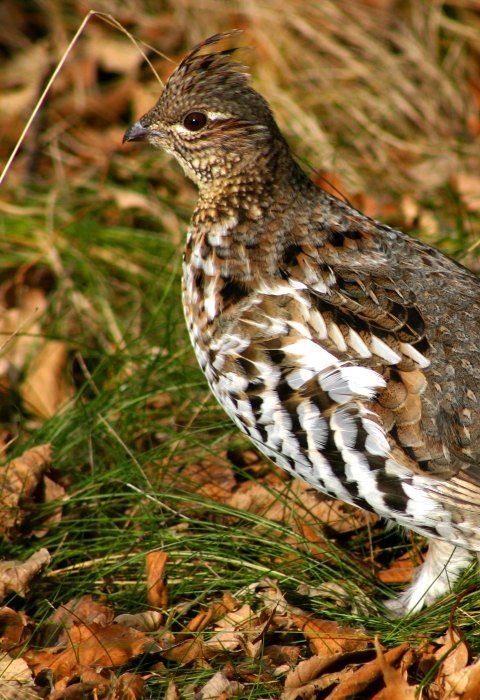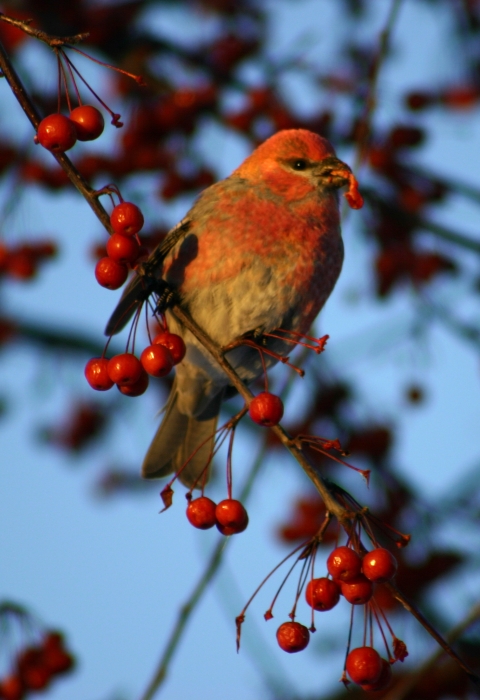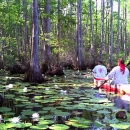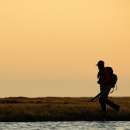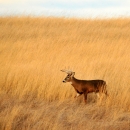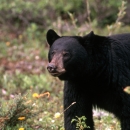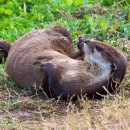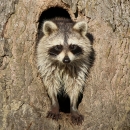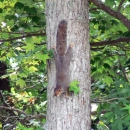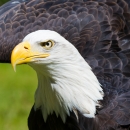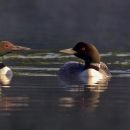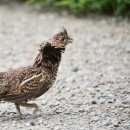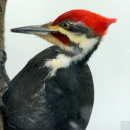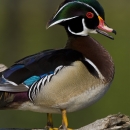Visit Us
Managed by the U.S. Fish and Wildlife Service to benefit migratory birds and resident wildlife species, the refuge also provides a variety of educational and recreational activities for visitors to enjoy.
Location and Contact Information
Our Species
The refuge has diverse habitats that support a variety of wildlife species. Waterfowl, including ducks, geese and swans, rely on the wetlands and the surrounding grasslands and woodlands for feeding and nesting. Trumpeter swans, the largest of North American waterfowl, nest here each year. Bald eagles and osprey hunt on the refuge and gray wolves are occasionally seen. Resident species include white-tailed deer, black bear, ruffed grouse, great horned owl, pileated woodpecker, long-tailed weasel, red fox, river otter and beaver.
